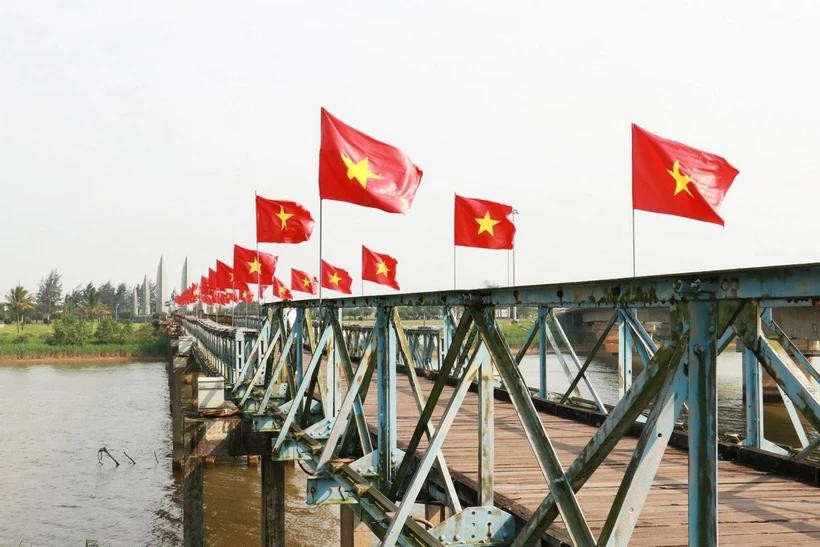
Hien Luong Bridge - Ben Hai River (17th Parallel) was the border that divided the country for 21 years (1954 - 1975), and became a symbol of the aspiration for national reunification.
Hien Luong Bridge - Ben Hai River today belongs to the Hien Luong - Ben Hai River Special National Historical Site, which is the border between Gio Linh district on the South bank and Vinh Linh district on the North bank, Quang Tri province.
“Witness” for the aspiration of national unification
Going back in time, 71 years ago, the Geneva Agreement signed on July 21, 1954 took the 17th Parallel on the Ben Hai River as a temporary military demarcation line for two years to prepare for the general election to unify the North and South.
After the Geneva Agreement was signed, the US imperialists set up a puppet government in the South, blatantly broke the agreement, and plotted to invade our country, turning the South into a springboard to attack the North. The Ben Hai River is the dividing line, separating the North and South of our country.
In the "17th Parallel and the Desire for Unification" Exhibition House on the North bank of Hien Luong Bridge, there is still a photo of Ms. Hoang Thi Cham (Xuan Long village, Trung Hai commune, Gio Linh district) and her comrades planting the flag at the US Doc Mieu Military Base during the battle to liberate Gio Linh district in the early morning of April 2, 1972.
This victory created momentum for our army and people to liberate Quang Tri province on May 1, 1972. Quang Tri became the first province in the South to be liberated.
Ms. Hoang Thi Cham is 75 years old this year, local people still often call her O Cham - a female guerrilla who was awarded the title "Brave American Destroyer" 9 times from 1969 to 1972.
Mrs. Cham recounted that during the fierce years of the resistance war against the US, the southern bank of the Ben Hai River was called the "white belt", because the US and the puppet regime often launched sweeps, so this place was devoid of life.
Living and fighting in the border area, where the country's unity was divided, she and her comrades always kept in mind the words of President Ho Chi Minh: "Vietnam is one, the Vietnamese people are one. Rivers may dry up, mountains may wear away, but that truth will never change." Uncle Ho's words were like a call, urging our soldiers and people in the border area to fight for a unified and peaceful Vietnam.
The American Associated Press, in May 1967, wrote about the fighting in the border area: “In the war south of the demilitarized zone, the US Marines suffered more casualties than any other force stationed in this country. American bombers could not silence the communist heavy artillery, rockets and mortars - weapons that caused the majority of the 8,000 US casualties in this area.”
Hien Luong Bridge - Ben Hai River is a testament and pride of the unshakable will to overcome all difficulties and sacrifices:
"What sword can cut the Ben Hai River?
What fire can burn the Truong Son range?
(Thirty years of my life with the Party - To Huu)
Hien Luong Bridge - Ben Hai River is also a symbol of the pain of the country's division for 21 years (1954 - 1975), a source of longing and longing on both banks. During that time, relatives who lived only across the river had to be separated, so they could not help but miss and always yearn for the country to be reunited:
“On the banks of Hien Luong
This afternoon I stood looking back.
Eyes filled with love for the countryside, eyes filled with love for the countryside …”
(Song on the banks of Hien Luong - Hoang Hiep)
During the historic days of April, people flocked to visit the special national monument of Hien Luong - Ben Hai. The Demarcation Flagpole on the northern bank of Hien Luong - Ben Hai still proudly flutters in the wind every day. On both sides of the historic Hien Luong Bridge, the national flag was solemnly hung, bright red, fluttering in the golden sunshine of early summer.
Looking out from Hien Luong Bridge, Ben Hai River originates from the majestic Truong Son range and flows into Cua Tung estuary, winding softly like a silk strip with clear, gentle water.
Fishing boats day and night go up and down Hien Luong Bridge and glide gently on the calm waters of Ben Hai River. Along both banks of Ben Hai River is a peaceful life with crowded and happy residential areas; rice fields, corn gardens, and green vegetables are immense thanks to the alluvium of Ben Hai River.
Joining the crowd of visitors to Hien Luong Bridge-Ben Hai River, Mr. Nguyen Van Hoang, 35 years old, from Thanh Hoa province, shared that nowadays it only takes about 10 minutes to walk across Hien Luong Bridge, but it took our ancestors 21 years (1954 - 1975) with so much bloodshed to erase the division, so that Vietnam could be unified and connected from North to South. Hien Luong Bridge-Ben Hai River is truly a historical witness to the sacred aspiration of the nation for unity, peace and progress.
Preserve and promote historical values
On April 14, 2025, Deputy Prime Minister Mai Van Chinh signed Decision No. 756/QD-TTg approving the Plan for preservation, restoration and rehabilitation of the Hien Luong - Ben Hai River Special National Historical Site.
The planning objective is to preserve and promote the historical value of the great and heroic revolutionary struggle of the nation through the remaining relics and relic sites of the Hien Luong - Ben Hai Special National Historical Relic; contributing to the formation of a place for visiting the source, researching, learning, and educating revolutionary traditions, as well as the patriotism and aspiration for peace of our people for future generations.
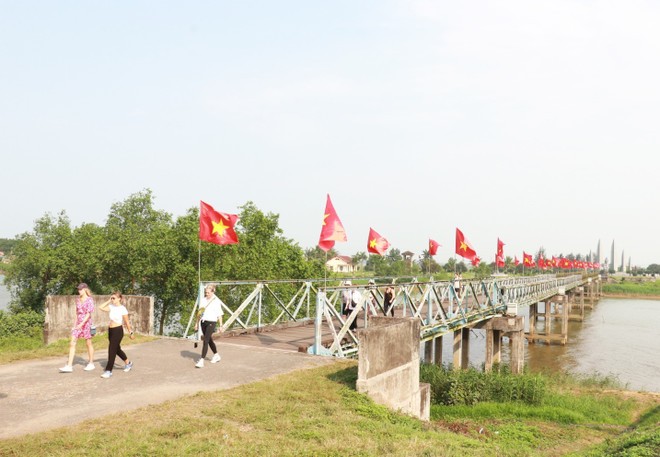
Building the relic area into a unique historical and cultural park, an attractive source tourism destination, contributing to the embellishment of the ecological landscape on both banks of the Ben Hai River, making the relic one of the key tourism development centers of Quang Tri province; synchronously connecting with the revolutionary relic system of Quang Tri province, the North Central region and the Central Coast and the whole country.
At 7:00 a.m. on April 30 every year, the "Unification of the Country" Flag Raising Ceremony is solemnly held. To the majestic music of the National Anthem, the red flag with a yellow star is raised and flutters proudly on the Border Flagpole of the Hien Luong - Ben Hai Special National Historical Site.
The "Unification of the Country" Flag Raising Ceremony was held on the banks of the border river, not only to review the heroic revolutionary tradition, but also for today's and future generations to promote the revolutionary spirit in the cause of building the homeland.
On the northern bank of the border, Vinh Linh is the front line of the socialist North, the solid rear of the great front line of the South. This land, praised as a “steel rampart”, has achieved the status of a new rural district; the average income per capita has reached over 63 million VND/person. Vinh Linh has 3 towns: Ho Xa, Ben Quan, and Cua Tung that meet civilized urban standards.
In addition to the Ho Xa Northwest Industrial Park, Vinh Linh also has many rubber processing factories, wood chip production factories, and mineral exploitation factories. The locality also has strengths in growing high-value industrial crops, especially rubber with over 6,500 hectares, and nearly 1,300 hectares of pepper with the famous brand “Vinh Linh Pepper.”
On the southern bank of the border, Gio Linh district is also changing every day, with an average income per capita of nearly 75 million VND/person/year, and 14/15 communes meeting new rural standards. The district has built two urban areas, Cua Viet town and Gio Linh town.
Quan Ngang Industrial Park creates jobs for hundreds of workers. The district has been implementing many large projects of the province such as: Quang Tri Airport with an investment capital of 5,800 billion VND, 3 solar power plants, Cua Viet seaport, and infrastructure for tourism.
The beaches of Cua Viet, Gio Hai, and Trung Giang have been renovated to become attractive destinations for many tourists.
Acting Chairman of the People's Committee of Quang Tri province Ha Sy Dong shared that, together with the whole province, the Party Committee, government and people of Vinh Linh and Gio Linh districts have promoted the spirit of the "miracle" of Ben Hai river in the past, to build the homeland more and more prosperous, care for and improve the lives of the people; focus on investing and exploiting well the fields where the locality has strengths for rapid and sustainable development.
Source: https://baolaocai.vn/ven-nguyen-khat-vong-thong-nhat-non-song-o-vung-gioi-tuyen-post400278.html


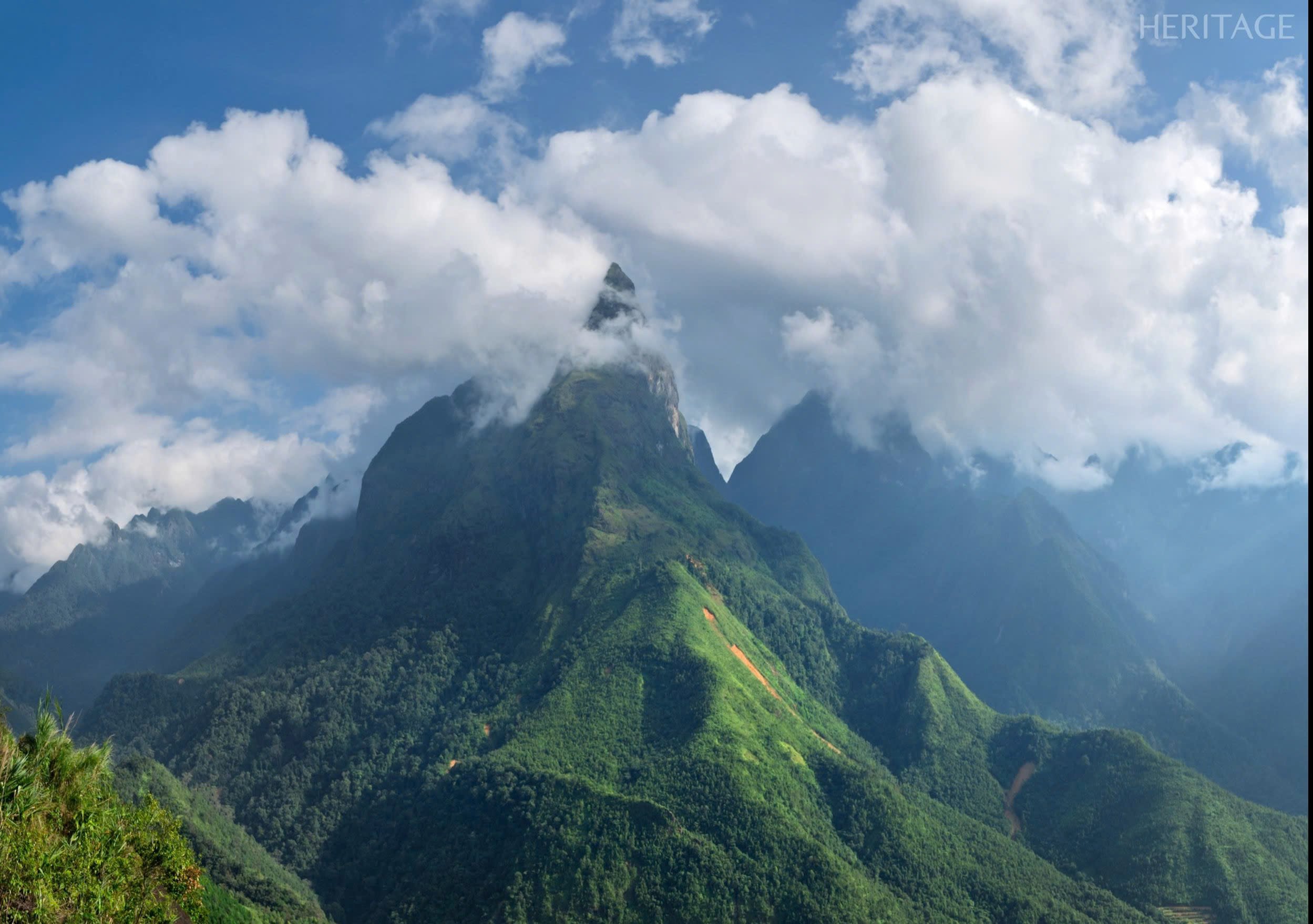
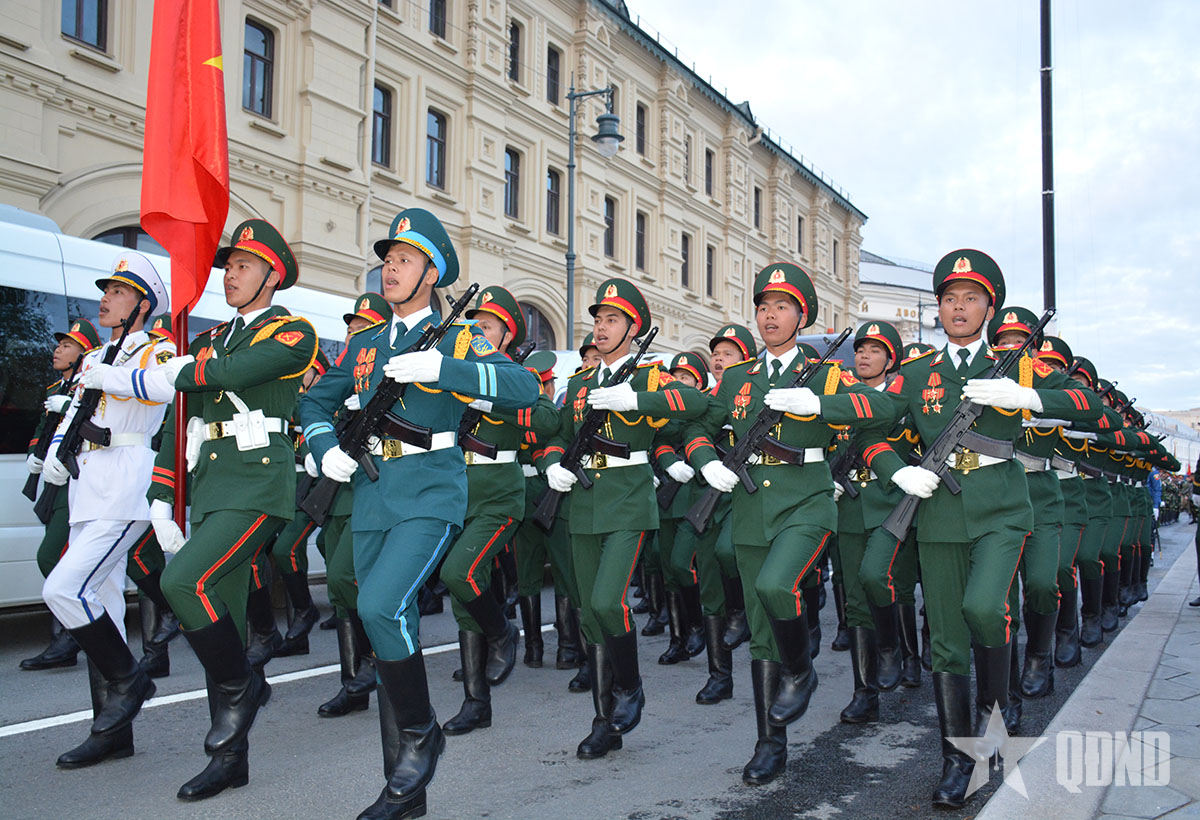

![[Photo] General Secretary To Lam receives Sri Lankan President Anura Kumara Dissanayaka](https://vstatic.vietnam.vn/vietnam/resource/IMAGE/2025/5/4/75feee4ea0c14825819a8b7ad25518d8)
![[Photo] Bus station begins to get crowded welcoming people returning to the capital after 5 days of holiday](https://vstatic.vietnam.vn/vietnam/resource/IMAGE/2025/5/4/c3b37b336a0a450a983a0b09188c2fe6)
![[Photo] Vietnam shines at Paris International Fair 2025 with cultural and culinary colors](https://vstatic.vietnam.vn/vietnam/resource/IMAGE/2025/5/4/74b16c2a197a42eb97597414009d4eb8)



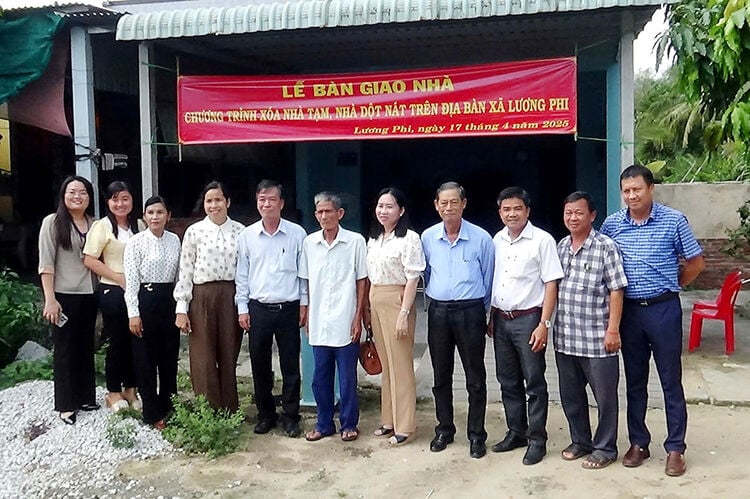


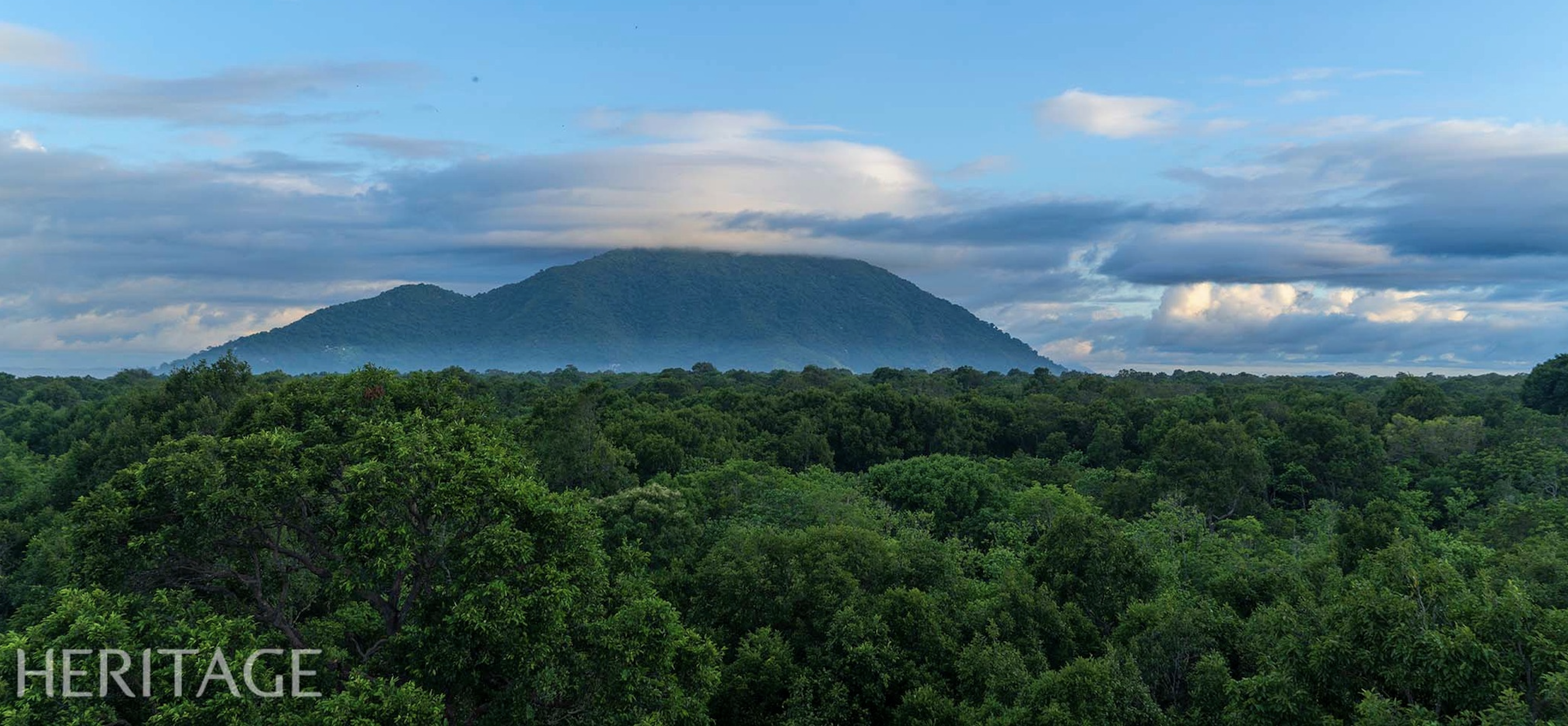


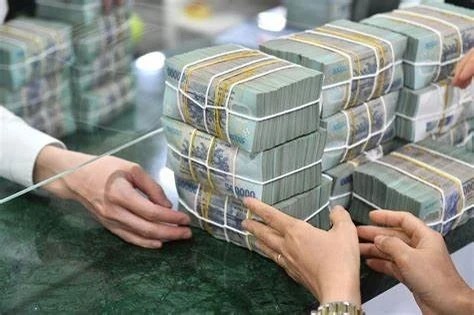
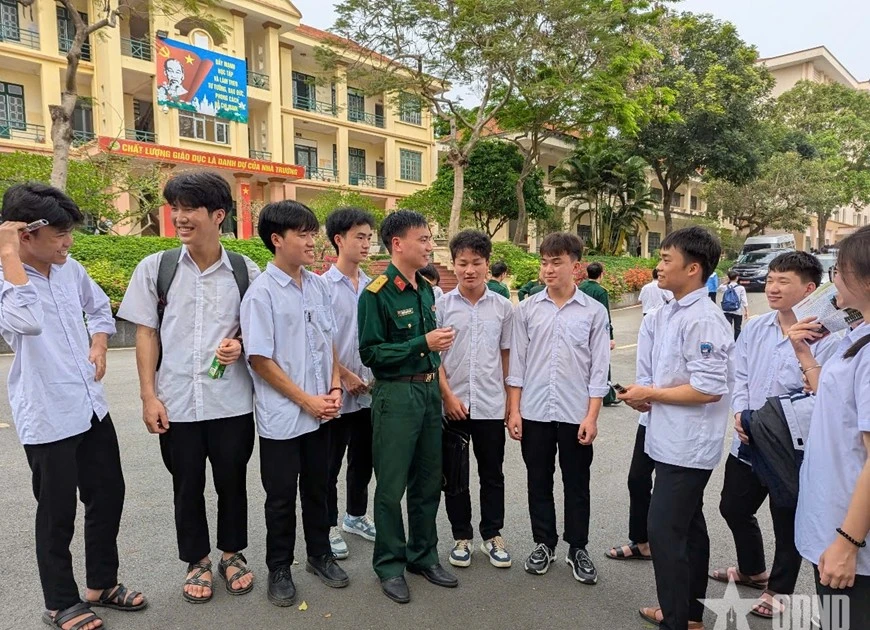
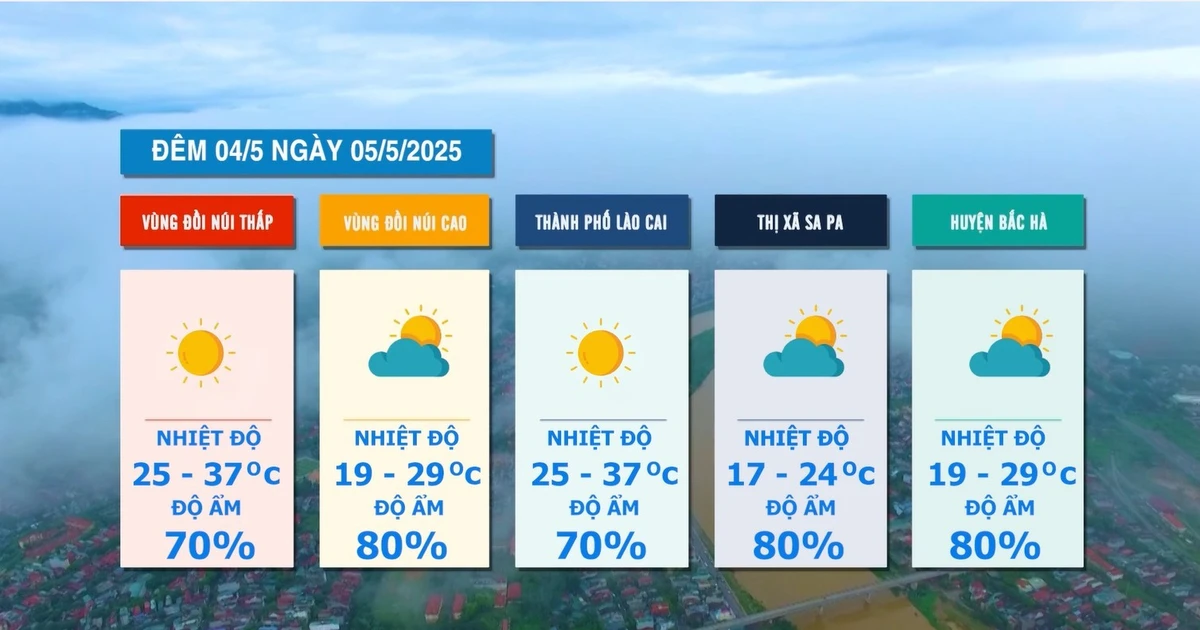
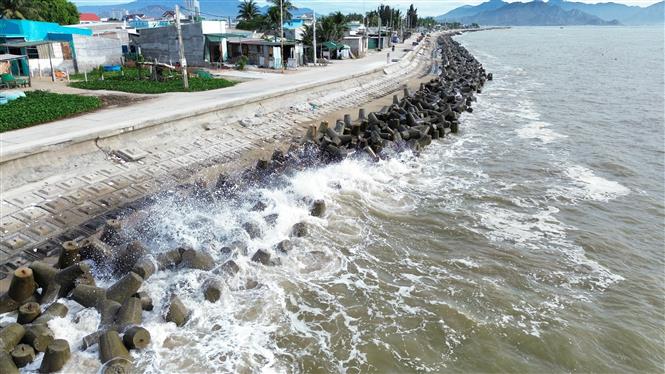
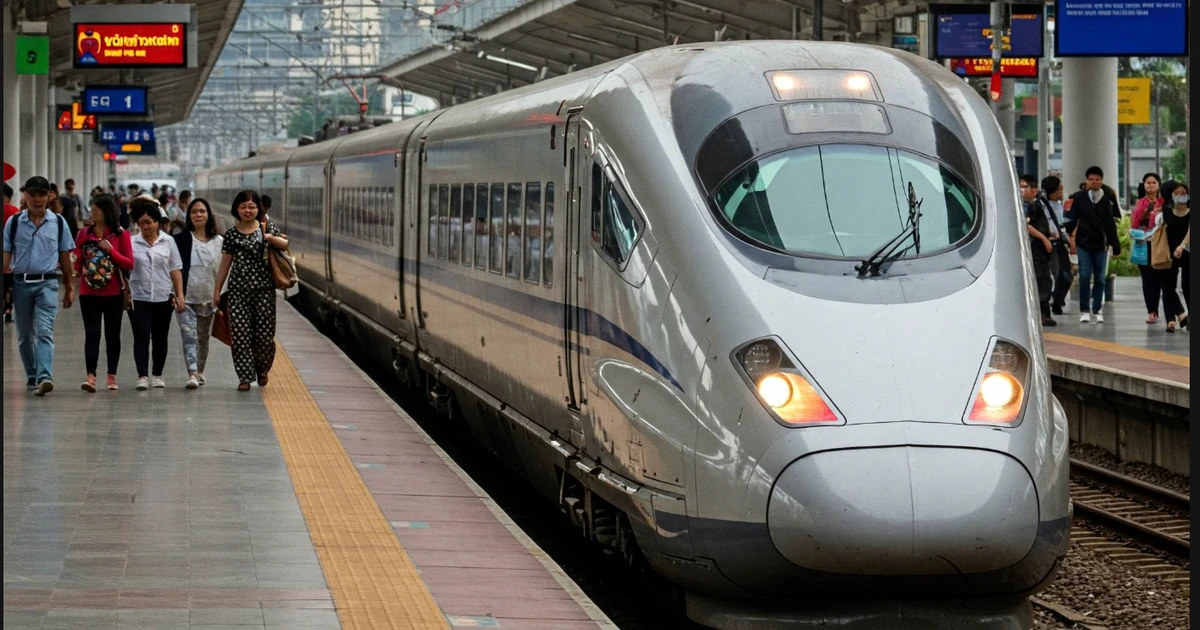
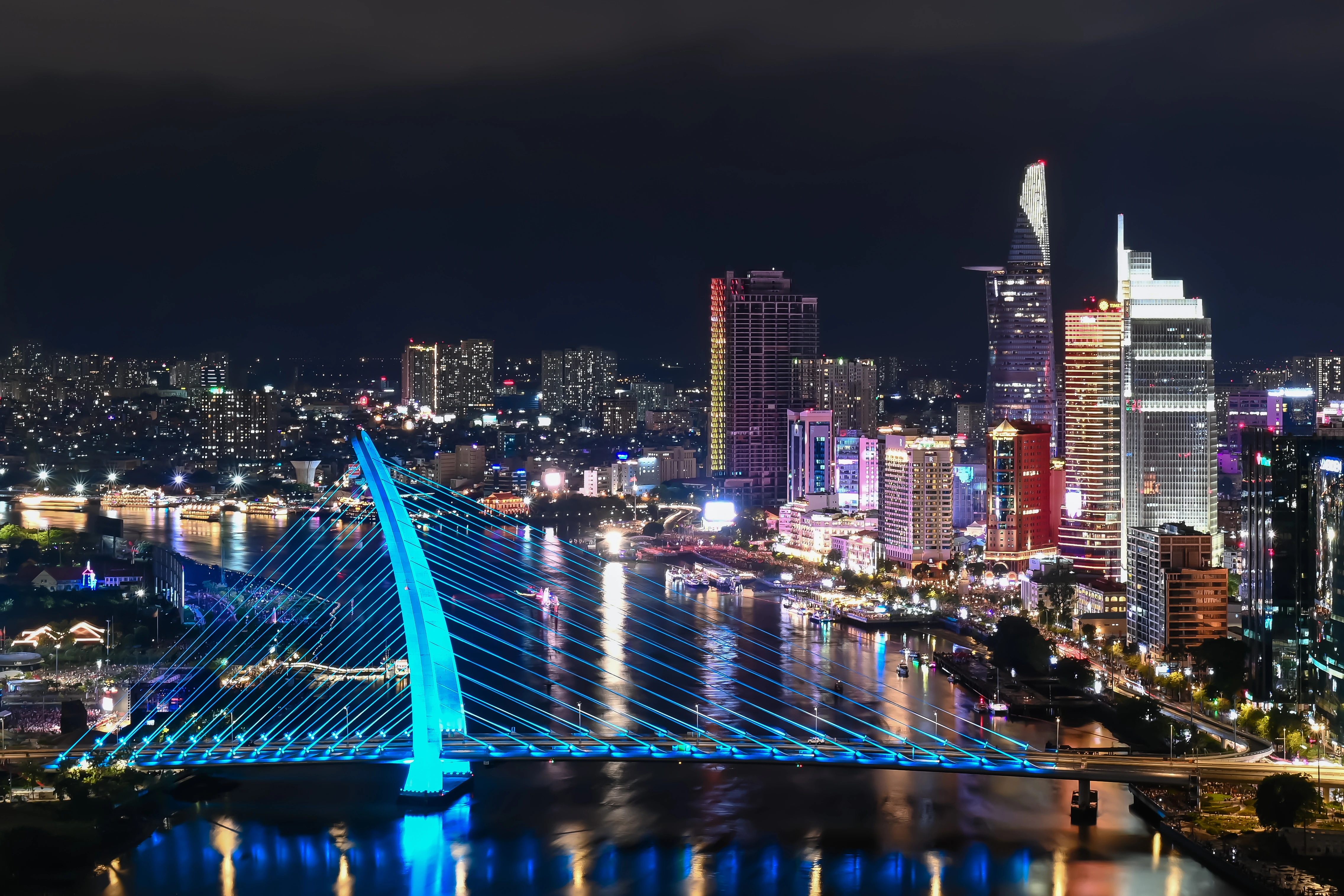

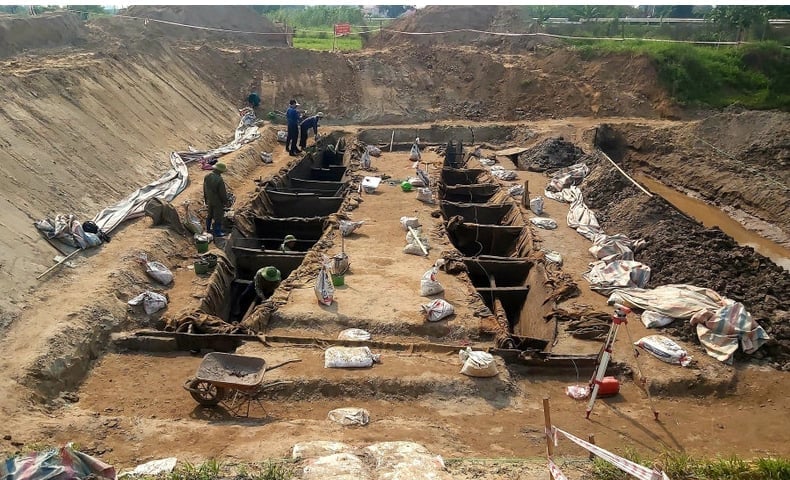

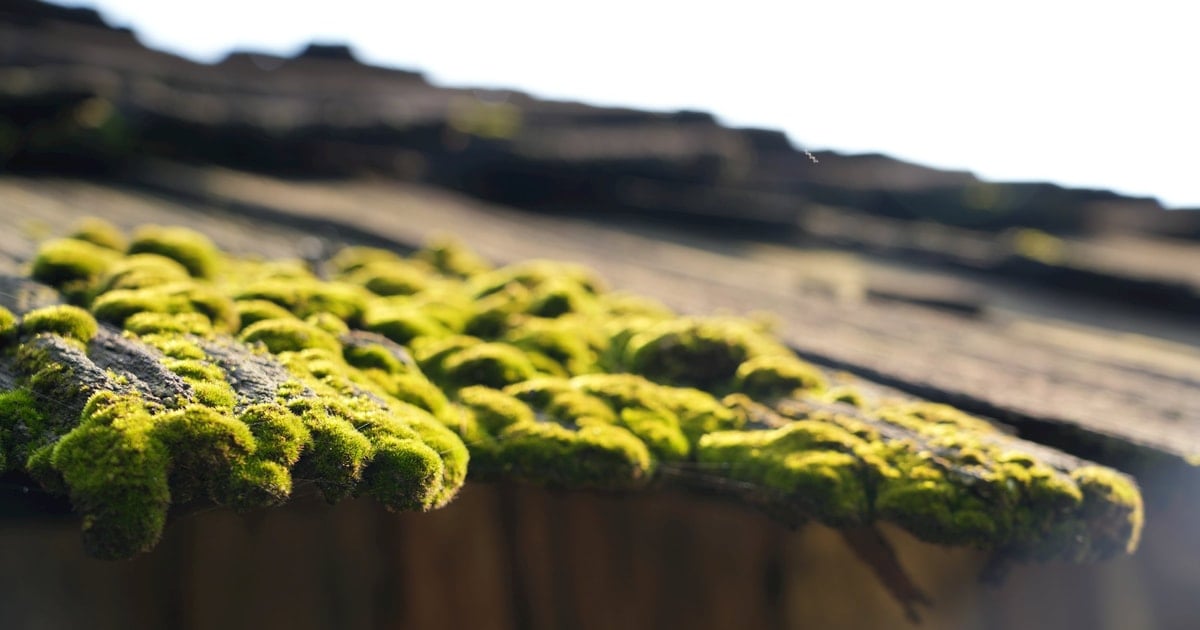

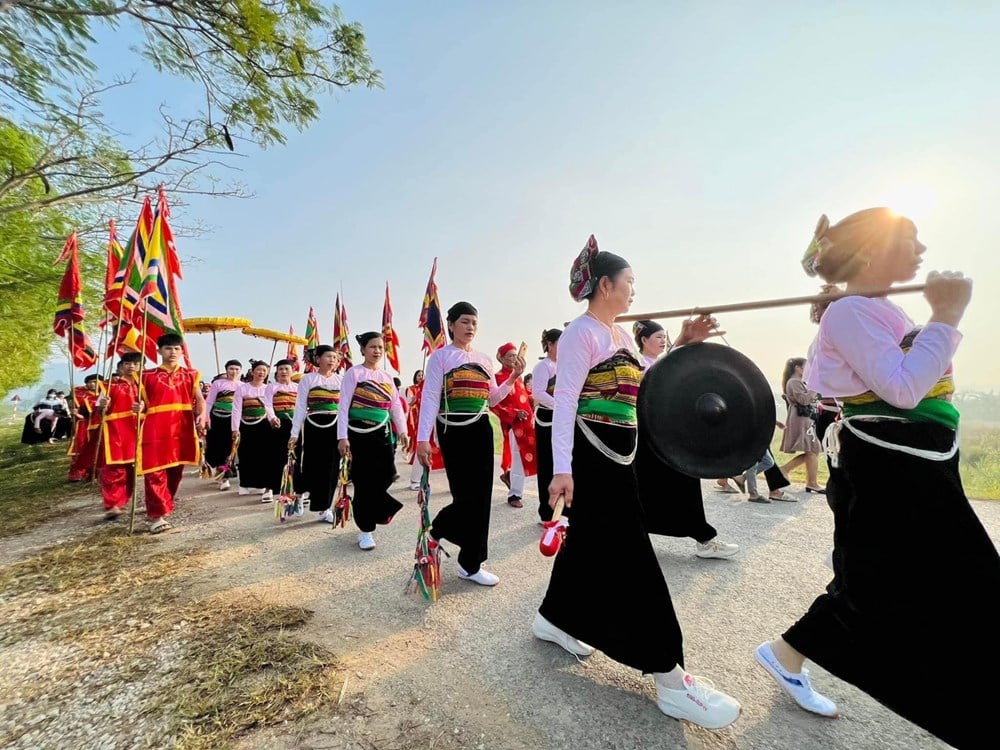

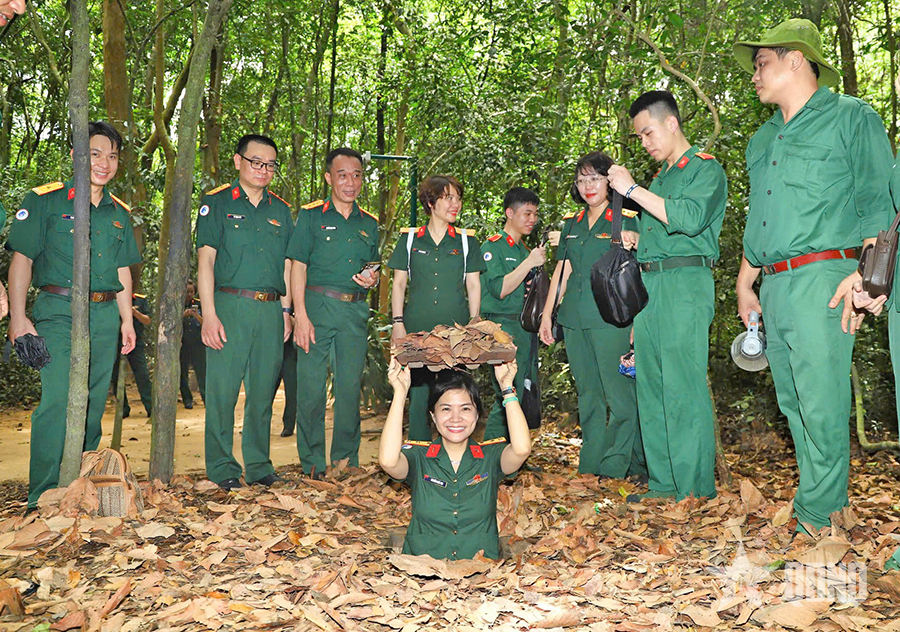

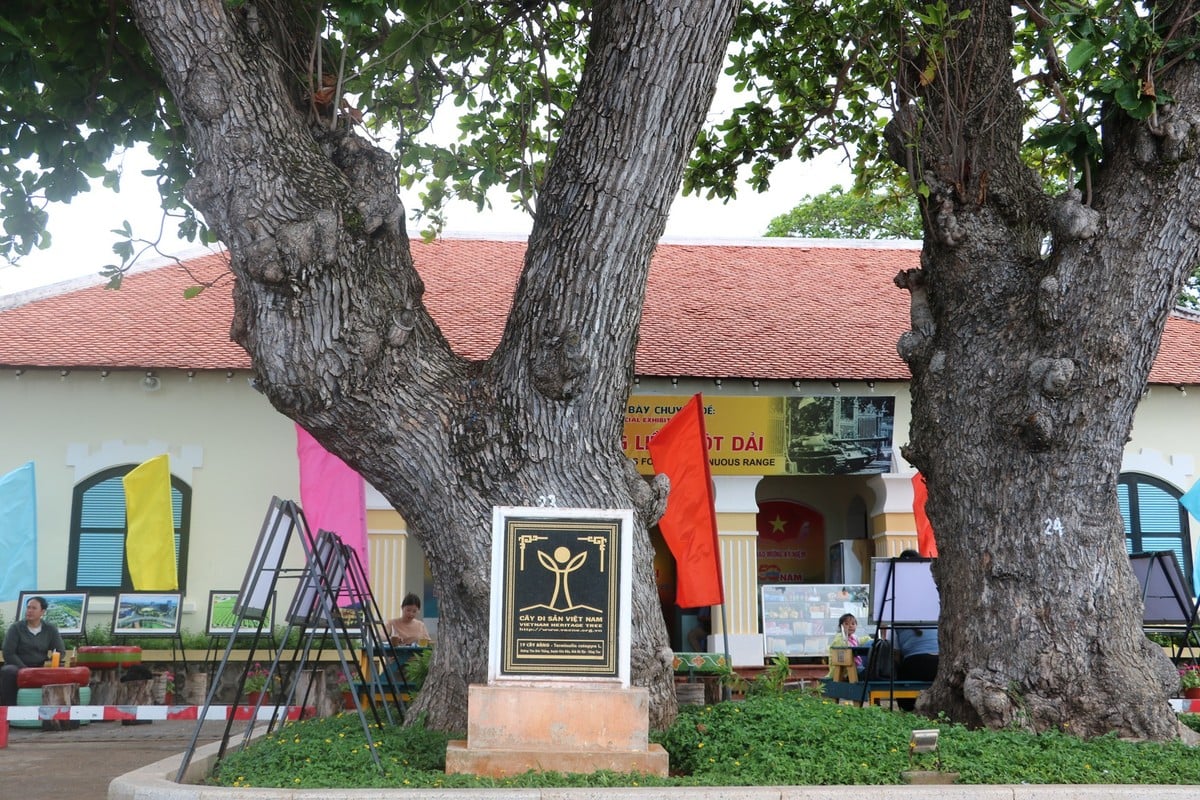

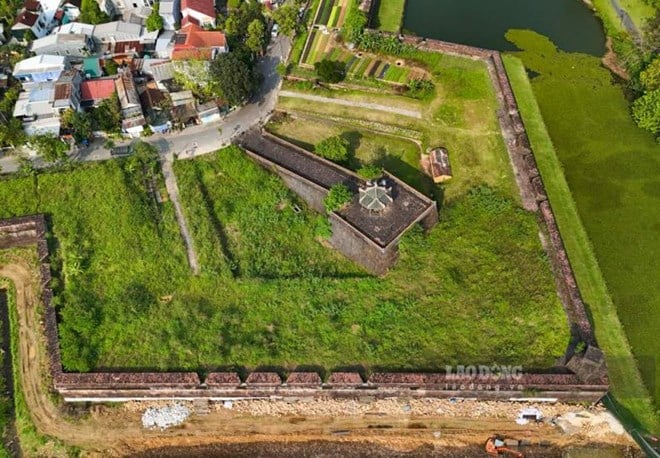

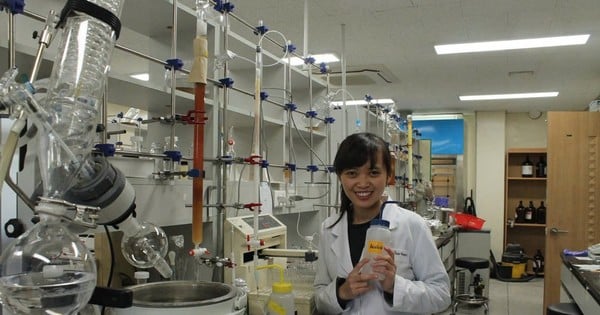
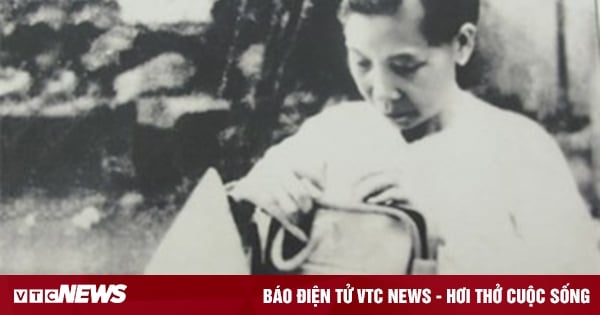

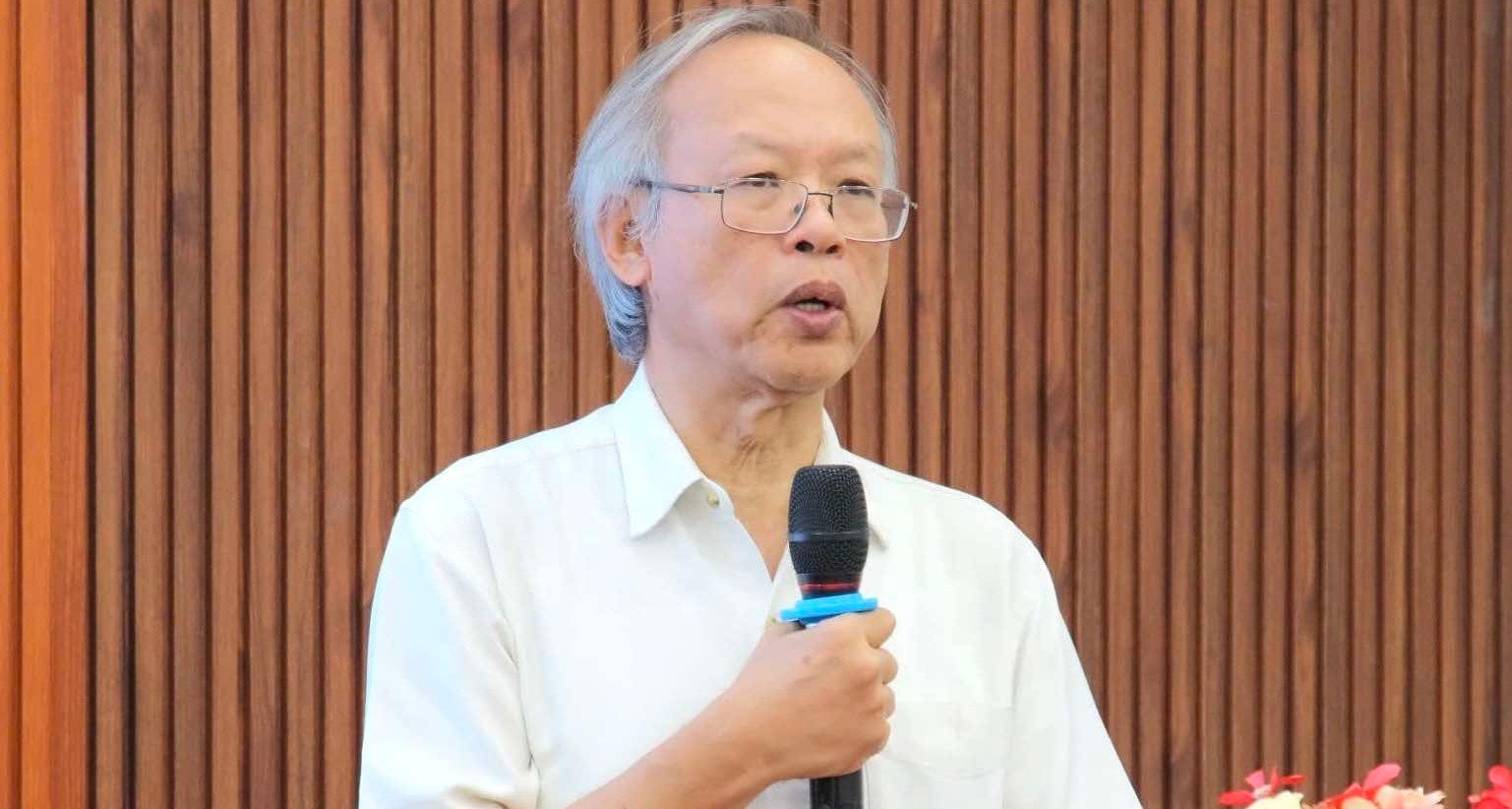


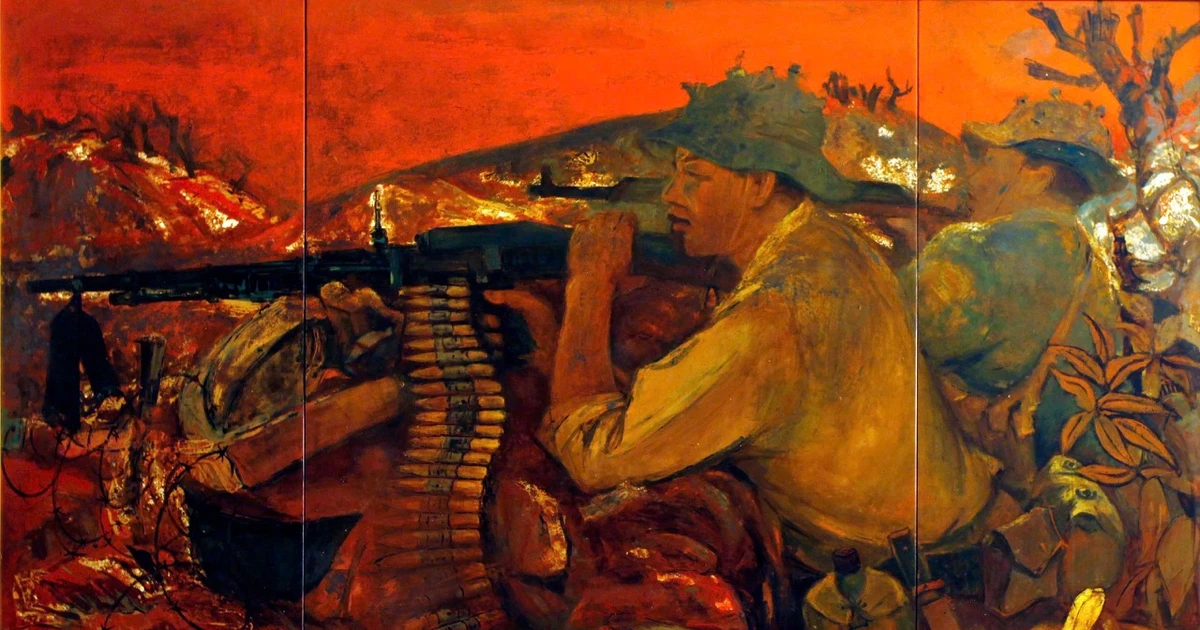



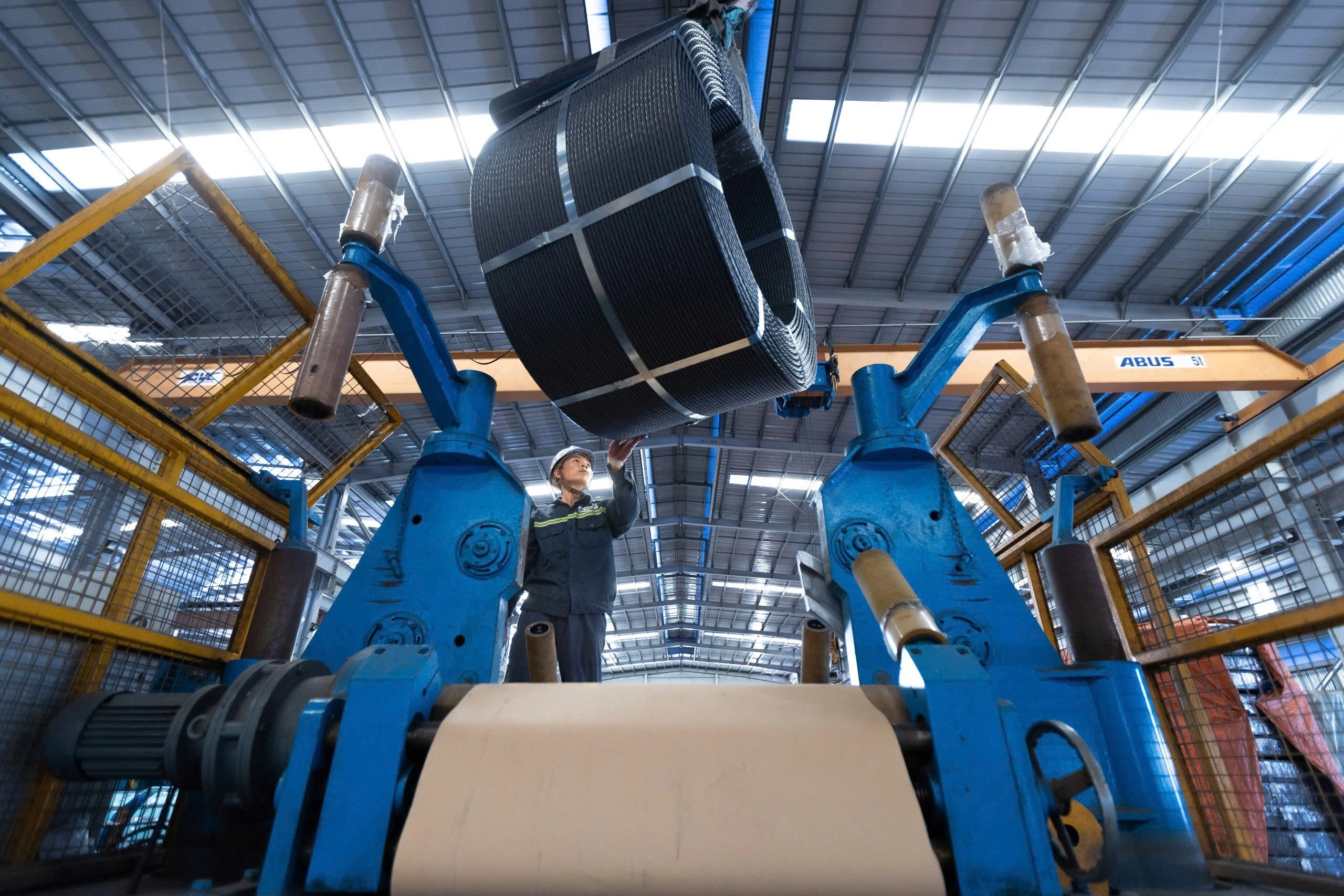

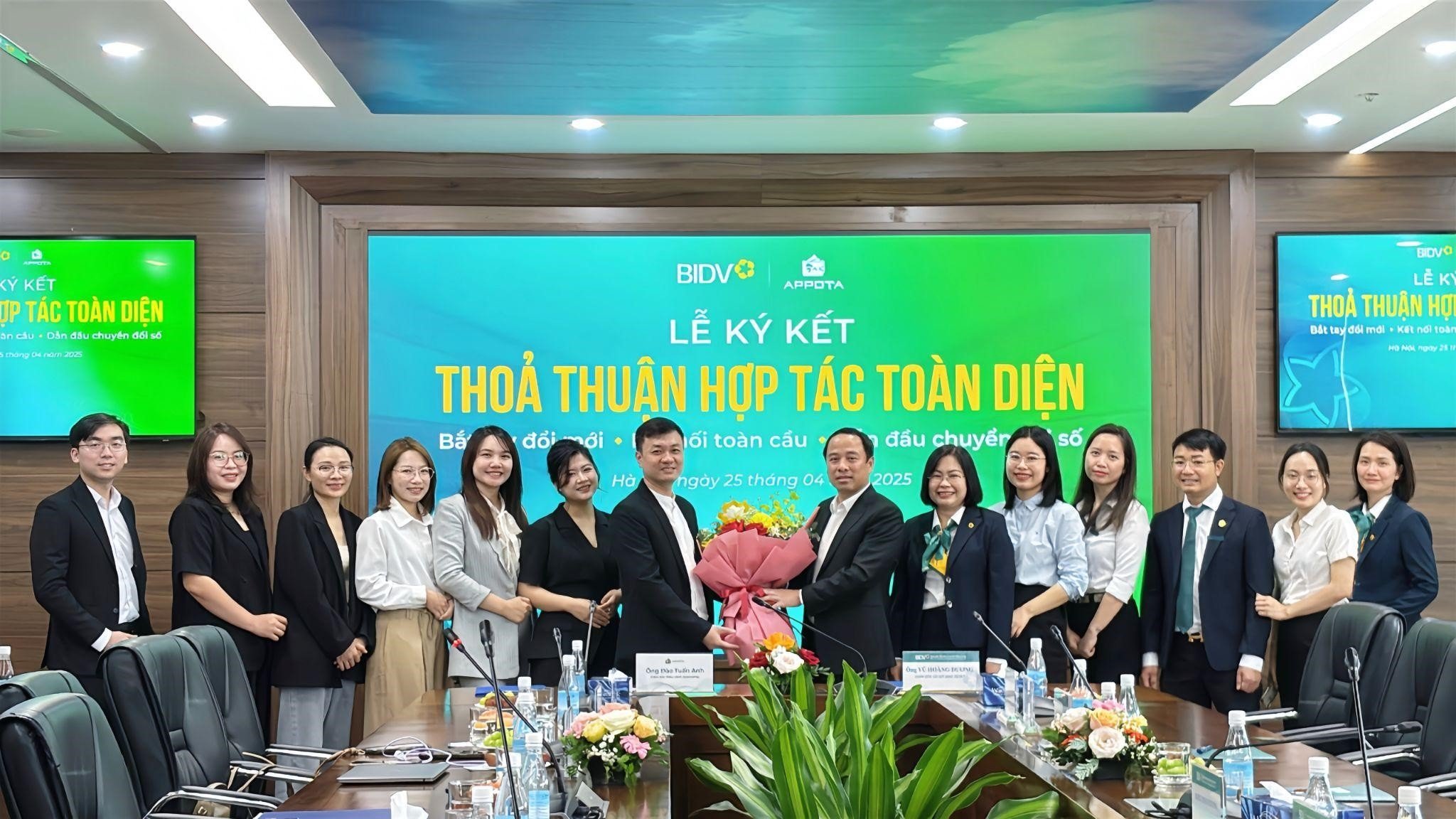

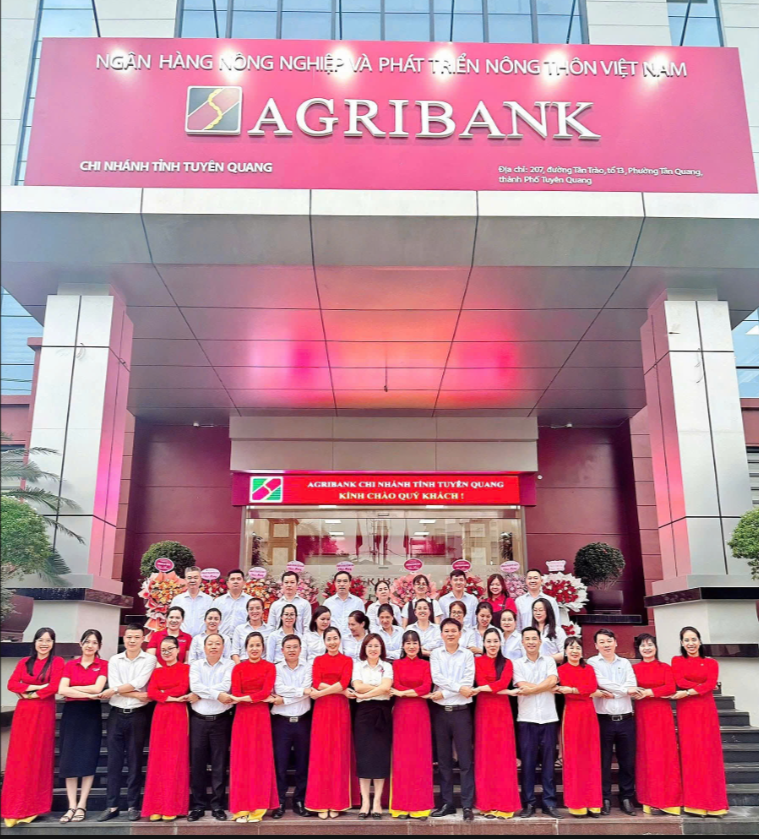
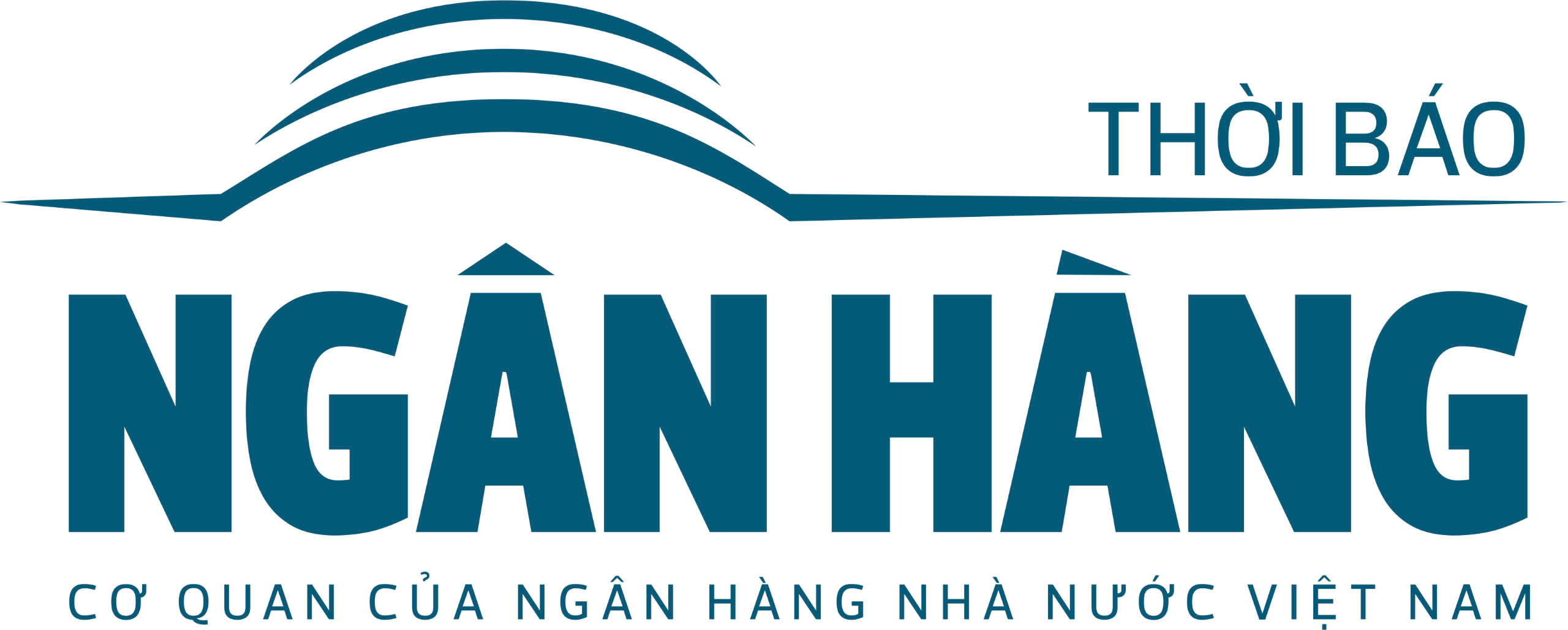

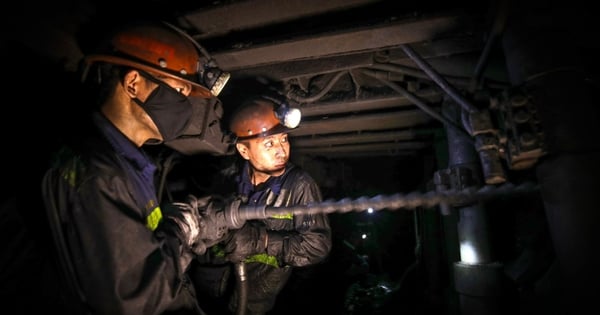








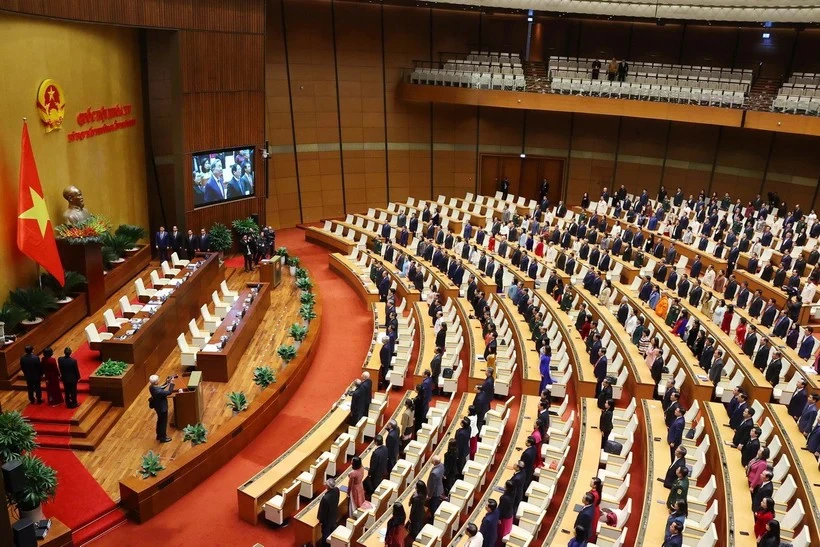





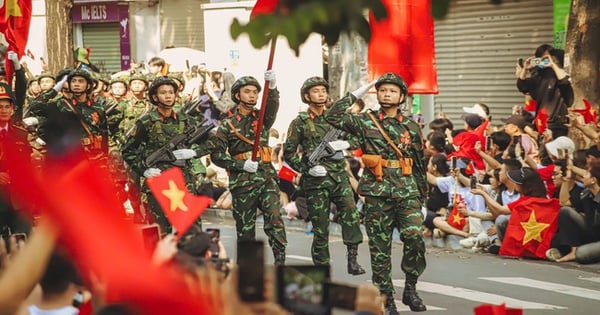
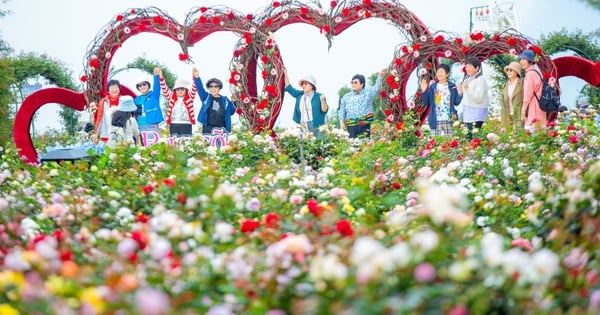
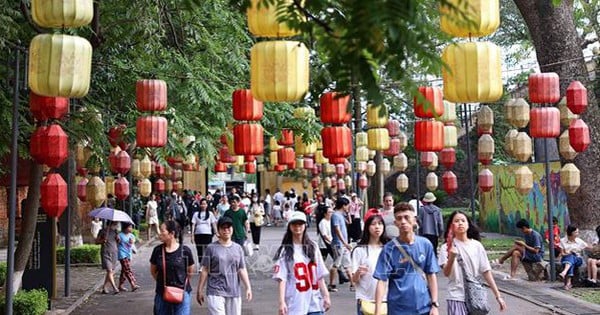




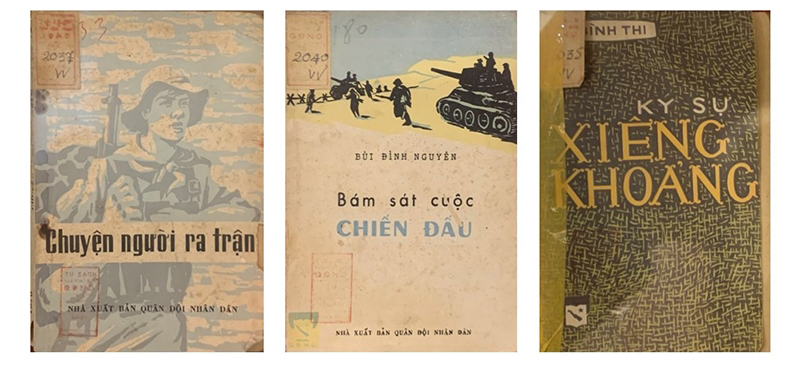

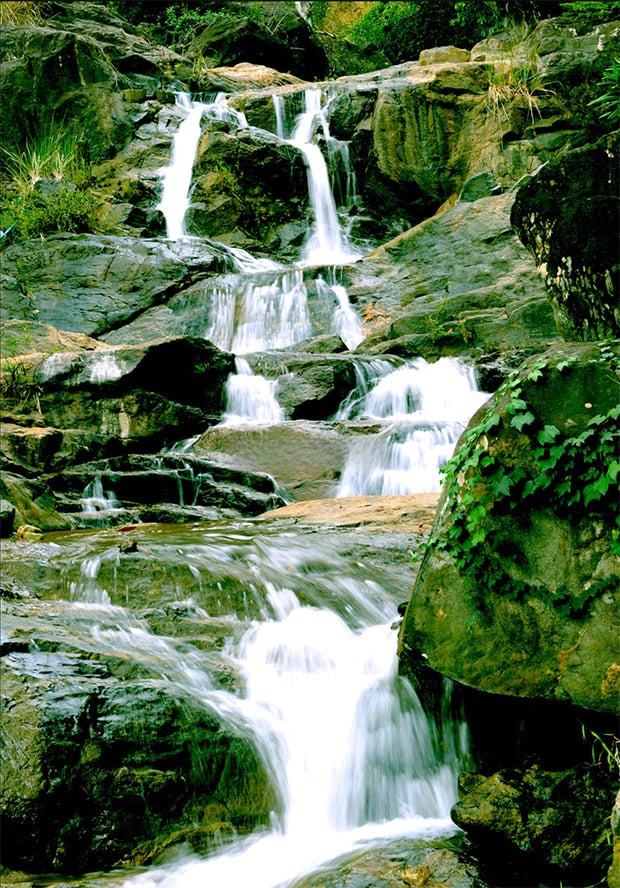

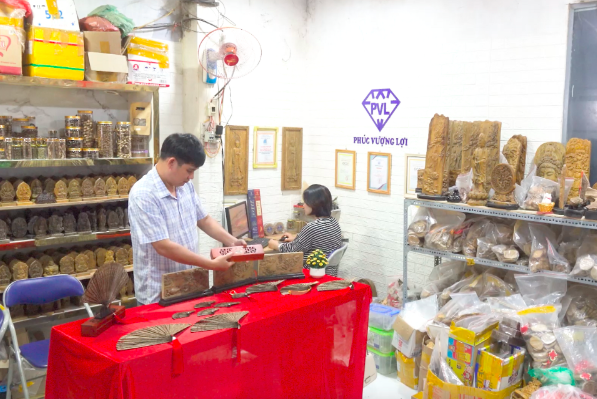



![[Video]. Building OCOP products based on local strengths](https://vstatic.vietnam.vn/vietnam/resource/IMAGE/2025/5/3/61677e8b3a364110b271e7b15ed91b3f)




Comment (0)